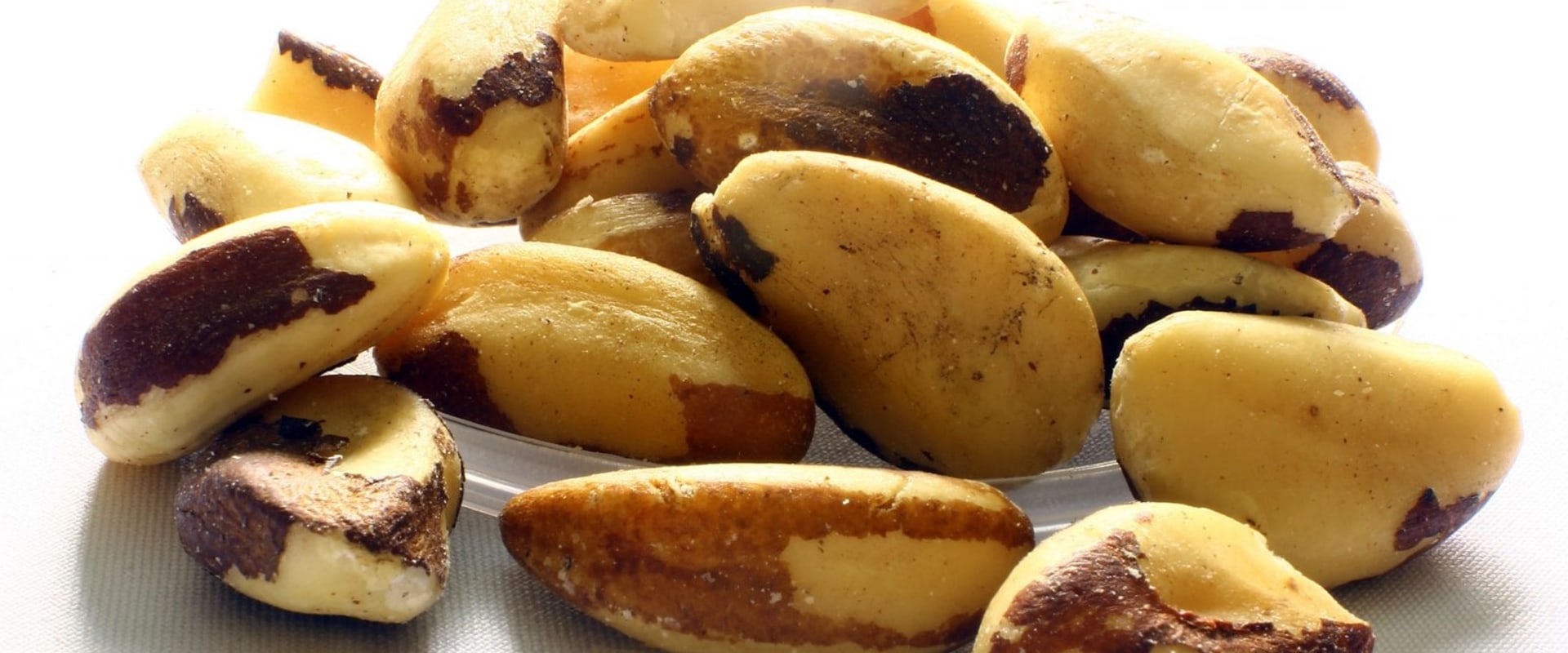These steep declines are due to adverse weather conditions and damage caused by pests. News from Bolivia's rainforests: Brazil's walnut harvest this year has decreased by 60-70%, mainly due to El Niño. Bolivia produces approximately half of the world's supply and reports that the capsules are empty. Trees aren't producing this year, which also means that communities that make a living harvesting this nutritious nut are likely to suffer.
Bolivian authorities are planning new strategies to counter shortages due to this overwhelming drought, such as cutting vines around Brazil chestnut trees in the native rainforest, which could triple the yield of individual trees. The past two years have seemed to have a clear lack of Brazil nuts. Lots of hazelnuts, walnuts and pecans, etc., but nothing from Brazil. The lack of rain in South America due to El Niño also caused Brazil nut pods to fall ahead of time, causing fewer seeds to germinate and turn into trees.
In addition, due to the drop in Brazil nut production in recent years, cutting down a Brazil nut tree has been banned in Brazil. A lot is needed for the development of a Brazil nut. Brazil chestnut trees bloom during the dry season (basically in autumn). After the flowers are pollinated, the tree bears fruit and takes a full 15 months to develop.
Brazil nut (Bertholletia excelsa), also called Parxe1 walnut, edible seed of a large South American tree (Lecythidaceae family) found in the Amazon forests of Brazil, Peru, Colombia and Ecuador. Brazil nuts can also be roasted, sweetened and crushed as dessert toppings or even made into puddings, sauces and alternatives to cheese. The lack of rain in South America due to El Nixf1o also caused Brazil nut pods to fall ahead of time, causing fewer seeds to germinate and turn into trees. Brazil nuts have never been successfully grown at scale on farms, and in nature they depend on the conservation of the forest that surrounds them.
In 2003, the European Union imposed strict regulations on the import of Brazil nuts harvested in Brazil in their shells, as shells are considered to contain unsafe levels of aflatoxins, a possible cause of liver cancer. It is best to eat Brazil nuts raw or blanched, although they can be roasted and salted, like most walnuts. Brazil nut (Bertholletia excelsa), also called Pará nut, edible seed of a large South American tree (Lecythidaceae family) found in the Amazon forests of Brazil, Peru, Colombia and Ecuador. Brazil nut supplies have plummeted by more than two-thirds after a “catastrophic harvest in the Amazon rainforest”.
Brazil nuts are an excellent gluten-free source of dietary fiber, several vitamins, such as thiamine and vitamin E, and minerals, such as selenium, copper, magnesium, manganese, potassium, calcium, iron, phosphorus and zinc. Brazil nut prices fluctuate and, when they are scarce, prices rise well above what cooperatives can afford. They are often located in remote locations and require at least 12 years of growth before they produce nuts. The lack of rain in South America last year due to El Nixf1o caused the pods containing the nuts to fall early, meaning fewer seeds had a chance to develop.
Brazil nuts from eastern and western Amazon regions were evaluated to find any relationship between Se and aflatoxin levels. Unfortunately, the chestnut harvest depends on a large, unchanged habitat for trees, as well as pollinator bees and rodents that spread seeds. Eating Brazil Nuts May Reduce Inflammation, Support Brain Function, and Improve Thyroid Function and Heart Health. Only certain native bees can get into flowers and cross-pollinate to produce nuts, and these bees are virtually impossible to domesticate.
.

Leave Message